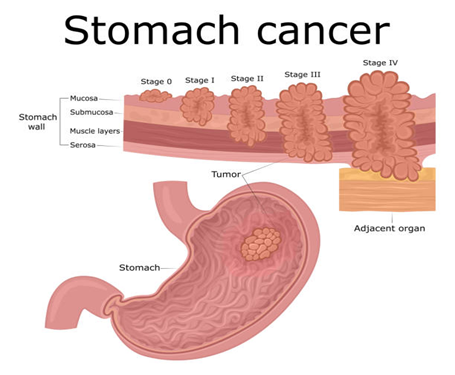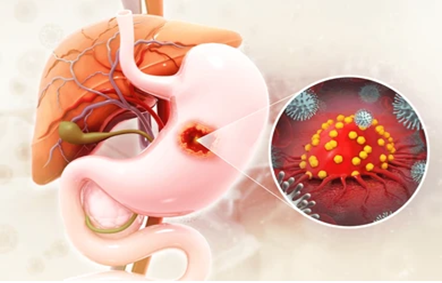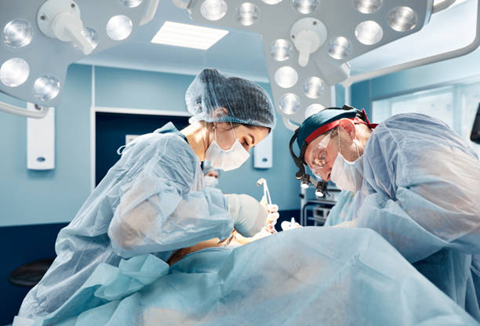
Turmeric as a Cure for Cancer
Cancer is a daunting diagnosis for many patients and their families. According to recent statistics, about 10 million people worldwide are diagnosed with cancer every year, with India contributing around 1.16 million new cases annually. The quest for effective cancer treatments often leads individuals to explore natural remedies, including turmeric.
This vibrant spice has gained attention for its potential anti-cancer properties, primarily attributed to curcumin, its active compound. Patients often wonder, can turmeric kill cancer cells or cure cancer entirely? Some claim that “turmeric cured cancer” or that it can “kill cancer.” Understanding the role of turmeric as a cure for cancer is crucial for those exploring complementary therapies.
Dr. Sandeep Nayak, a highly regarded oncologist in Bangalore, India, shares his perspective:
“While turmeric shows promise in preliminary studies for its anti-inflammatory and antioxidant properties, it should not replace conventional treatments. Patients should rely on evidence-based medical care.”
Dr. Nayak is a seasoned expert in performing advanced, minimally invasive cancer surgeries, which lead to faster recovery and minimal scarring. He integrates the most up-to-date treatments with holistic approaches to offer comprehensive cancer care. His expertise helps patients thoroughly understand their treatment choices, including the potential benefits of natural supplements like turmeric.
Have you ever wondered how turmeric might impact cancer cells? Let’s delve into the scientific evidence backing its use.
Scientific Evidence Supporting Turmeric's Role in Cancer Treatment
Some studies suggest curcumin can inhibit the growth of cancer cells in laboratory settings and even induce apoptosis, or programmed cell death,

in various cancer types, including breast, colorectal, and prostate cancers. It appears to disrupt various cancer cell signalling pathways, which may help prevent cancer cell proliferation.
Some trials have reported that curcumin can help manage the side effects of chemotherapy and enhance the effectiveness of conventional treatments. For instance, a study indicated that patients who took curcumin alongside chemotherapy had improved outcomes compared to those who did not.
While there is scientific evidence supporting turmeric’s role in cancer treatment, it is not a replacement for traditional therapies. Patients should approach this natural remedy with professional guidance.
Are there any limitations to using turmeric in cancer treatment? Understanding these constraints is crucial for informed decisions.
Limitations
Despite its potential benefits, using turmeric as a cancer cure is fraught with limitations. One significant limitation is the bioavailability of curcumin. The body does not easily absorb curcumin. This means its effectiveness may be reduced when consumed in its natural form. So, high doses may be necessary to achieve therapeutic effects. This raises concerns about the safety of consuming large amounts of turmeric or curcumin supplements. Researchers are exploring ways to enhance curcumin’s absorption, such as using advanced formulations.

Another limitation is the lack of large-scale, rigorous clinical trials specifically focused on turmeric and cancer treatment. Most studies investigating turmeric’s effects on cancer have been conducted in vitro (in the lab) or in animal models, which may not translate to human outcomes. This makes it challenging to establish definitive conclusions about turmeric’s effectiveness in treating cancer.
Lastly, turmeric is not a replacement for conventional cancer therapies. While it may offer supportive benefits, relying solely on turmeric for cancer treatment can lead to delayed diagnosis and treatment. The complexity of cancer treatment requires a multi-faceted approach that includes conventional therapies and lifestyle changes. Patients should always prioritize evidence-based treatments prescribed by healthcare experts.
What challenges are associated with using turmeric as part of cancer treatment? Let’s explore some of the key obstacles.
Challenges
Incorporating turmeric into a cancer treatment regimen presents several challenges. One primary challenge is the need for further research to determine optimal dosages and formulations for cancer patients. Given the current understanding of curcumin’s low bioavailability, finding the right way to administer turmeric effectively is crucial. This challenge requires collaboration between researchers, oncologists, and nutritionists to establish evidence-based guidelines.

Another challenge is the potential for interactions with other medications. Curcumin can affect the metabolism of certain drugs, which may alter their effectiveness or lead to side effects. Patients taking anticoagulants or other medications should consult their medical team before adding turmeric to their regimen. Ensuring patient safety and avoiding adverse interactions is essential.
Additionally, there is a lack of standardization in turmeric supplements. The potency and purity of turmeric products can vary significantly between manufacturers, making it difficult for patients to know what they are consuming. This inconsistency can affect the efficacy and safety of turmeric as a treatment option.
Besides, there are misconceptions surrounding turmeric as a miracle cure for cancer. This perception can lead to patients neglecting conventional treatments in favour of turmeric. Healthcare providers must educate patients about turmeric’s supportive role, emphasizing that it should complement, not replace, standard cancer therapies.
Curious about incorporating natural remedies into your cancer care? Seek professional guidance to ensure safe and effective treatment combinations.
Conclusion
While turmeric has shown potential in the fight against cancer, it is not a standalone cure. Scientific evidence supports its role in reducing inflammation and potentially slowing cancer progression, but more human studies are needed. Patients should approach natural remedies cautiously, ensuring they work in harmony with conventional treatments.
For those considering turmeric as a complementary therapy, seeking professional guidance is essential. Dr Sandeep Nayak, an ace surgical oncologist in India and his team of experienced specialists are dedicated to providing personalized, evidence-based treatment options that incorporate modern medicine and holistic approaches, ensuring the best possible care for cancer patients.
Have questions about turmeric’s role in cancer treatment? Let’s address some of the most common queries.
Frequently Asked Questions
Can turmeric cure cancer?
While turmeric has shown potential in cancer treatment, it is not considered a cure for cancer. More research is needed.
Does turmeric kill cancer cells?
Curcumin, an active compound in turmeric, has demonstrated anti-cancer properties in lab studies. However, more research is needed in humans.
Is there scientific proof that turmeric cures cancer?
While scientific evidence supports turmeric’s benefits in cancer treatment, it is not enough to declare it a cure.
Can turmeric be used for cancer prevention in healthy individuals?
Some people use turmeric for its potential preventive benefits. However, there is no definitive proof that it can prevent cancer.
Can turmeric stop cancer progression?
Turmeric has shown some promise in lab settings. However, it is not a proven treatment for stopping cancer progression.





















 After completing treatment, survivors may face challenges related to rehabilitation. These include managing long-term side effects, regaining physical strength, and adjusting to life after cancer. Survivorship care plans and services can help individuals address ongoing healthcare needs.
After completing treatment, survivors may face challenges related to rehabilitation. These include managing long-term side effects, regaining physical strength, and adjusting to life after cancer. Survivorship care plans and services can help individuals address ongoing healthcare needs.



 Immunotherapy uses the body’s immune system to spot and attack cancer cells. Checkpoint inhibitors, a form of immunotherapy, exhibit remarkable potential in combating specific cancers. These include those associated with the vaginal,
Immunotherapy uses the body’s immune system to spot and attack cancer cells. Checkpoint inhibitors, a form of immunotherapy, exhibit remarkable potential in combating specific cancers. These include those associated with the vaginal, Palliative care focuses on improving the quality of life for patients. It addresses symptoms such as pain, fatigue, and emotional distress. Additionally, it may involve
Palliative care focuses on improving the quality of life for patients. It addresses symptoms such as pain, fatigue, and emotional distress. Additionally, it may involve



